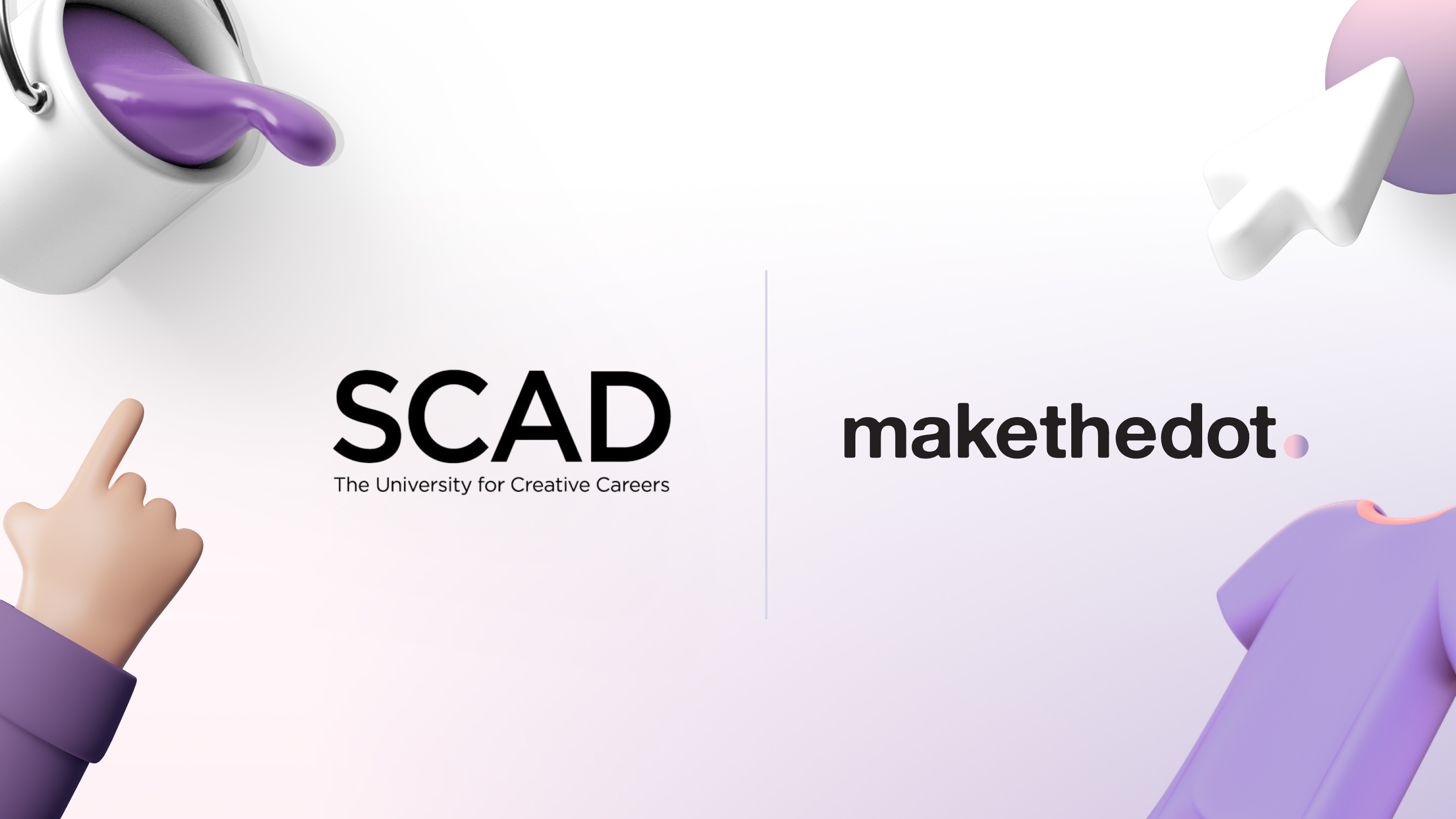Jada explains how Make the Dot saved her 5 hours per week as a FIT student
Jada Wilkerson is a highly motivated and creative final year fashion design student at the Fashion Institute of Technology (FIT). She has a keen interest in integrating traditional fashion design with modern technological tools. Jada exemplifies a new generation of designers who are adept at blending artistry with technology.
Can you share a bit about your background and what you've been focusing on in your studies?
JW: My journey at the Fashion Institute of Technology has been really dynamic and exciting, especially with opportunities like the "Karma's World" project. Working as part of a team of eight student designers, we collaborated to create a 50-piece kids' streetwear collection inspired by the animated Netflix series "Karma's World." This project was a phenomenal experience where fashion played a central role. We designed a range of items from jumpsuits to jackets and even footwear, all embodying the spirit of the show’s main character, Karma Grant. This unique opportunity allowed us to express our creativity while gaining real-world experience in fashion design, which has been a significant part of my educational journey.
Who is your favorite fashion designer or artist, and how have they influenced your work?
JW: Iris van Herpen is a designer who resonates deeply with my creative ethos. Her ability to transcend the traditional boundaries of fashion with her innovative use of materials and techniques is very inspirational. Van Herpen's designs are not just garments; they're wearable art that captures the intricate beauty of natural phenomena and the fluidity of the human form. In my work, I strive to embody this seamless blend of technology, craftsmanship, and natural elements, creating pieces that evoke a sense of wonder and connection to the environment. Her influence encourages me to think beyond the fabric to a place where design can engage with the world in a conversation about form, structure, and sustainability.
How would you describe your design style?
JW: I'd describe my style as innovative and eclectic. I enjoy experimenting with different concepts and am not afraid to take risks in my designs.

Talk me through your design process before you discovered Make the Dot?
JW: Before Make the Dot, my design process was cumbersome and time-intensive. I used to save all my research on my phone. Whenever I found something inspiring, I'd take screenshots, but during term assignments, searching through them was chaotic. My sources were scattered across platforms like Pinterest, Vogue, and various museum archives. For color research, since I didn't have access to a Pantone library, I would find images that captured the hues I was drawn to, extract color codes in Adobe Illustrator, and then find matching color chips on Pinterest or Google and screenshot them for my concept board. I relied heavily on in-person visits to fabric stores like Mood Fabrics and B&J, where I'd take pictures of textiles to add to my already overloaded phone gallery. It was a jumble of images and ideas that needed a lot of time and effort to organize.
What were the main pain points you experienced?
JW: The biggest challenge was organization. Juggling multiple sources of inspiration and trying to compile them into a cohesive design board was often overwhelming and cluttered.
How has Make the Dot changed your approach to concept design and building moodboards?
JW: Make the Dot has streamlined my design process significantly. It allows me to easily organize my ideas and inspirations into clear, coherent mood boards. It freed up so much of my headspace. This tool has made my design development super neat and efficient. I also find myself gathering a lot more references outside of term time. For instance, the other day, I was online shopping, and I saw something interesting. It was so natural for me to just save that to Make the Dot.
Also it’s a game-changer in terms of efficiency. I can quickly add ideas to my board, and it’s significantly reduced the time I spend organizing and communicating my design elements. This has very quickly become my new design and development workflow, and I'll definitely continue working this way when I start working for a brand after graduation.
Speaking of graduation, what kind of project are you planning on doing / what kind of brands are you planning on working for?
JW: Post-graduation, I'm looking forward to working on innovative fashion projects, possibly with avant-garde or high-fashion brands. I'm excited to bring my unique style and fresh ideas to the fashion industry.




